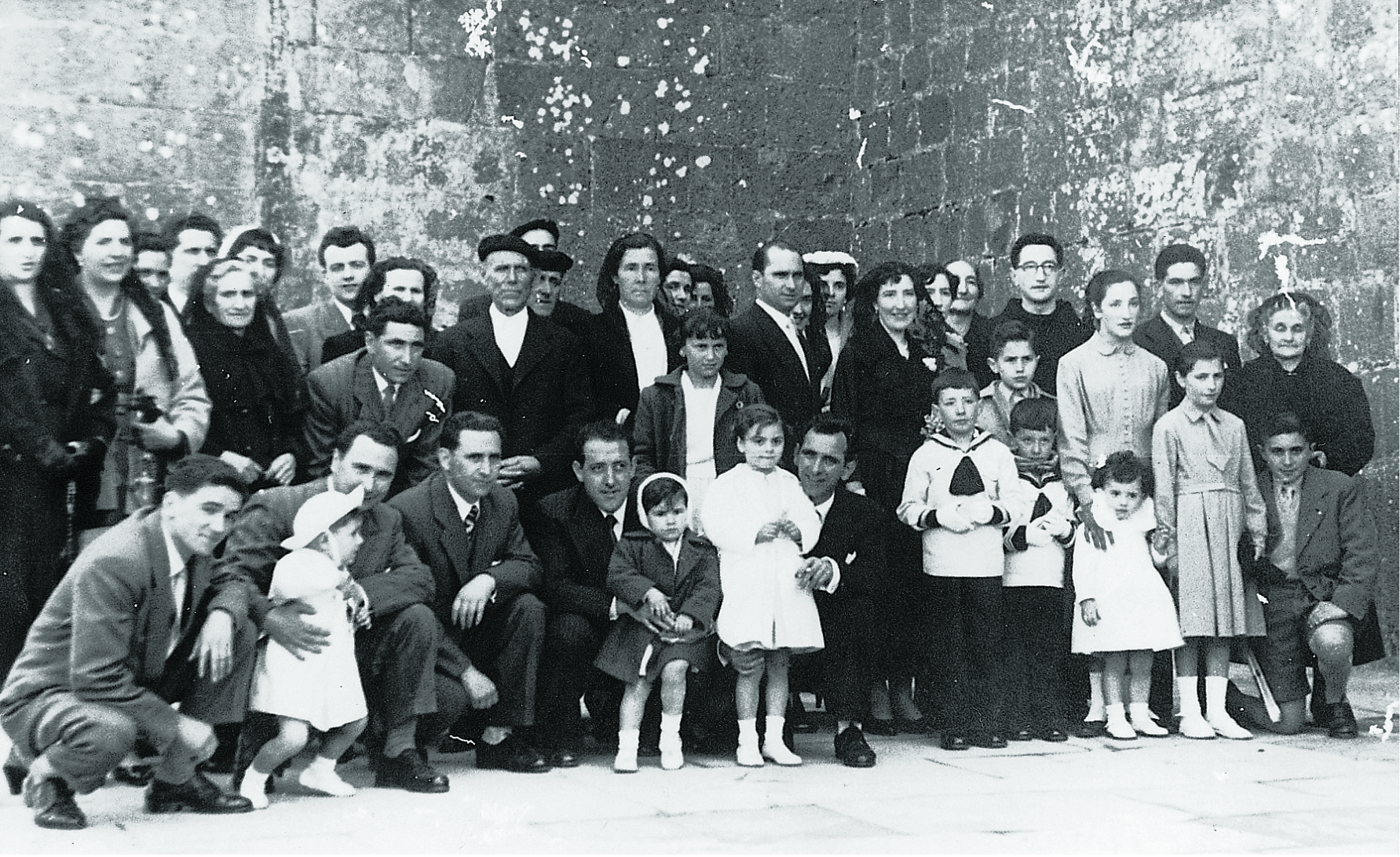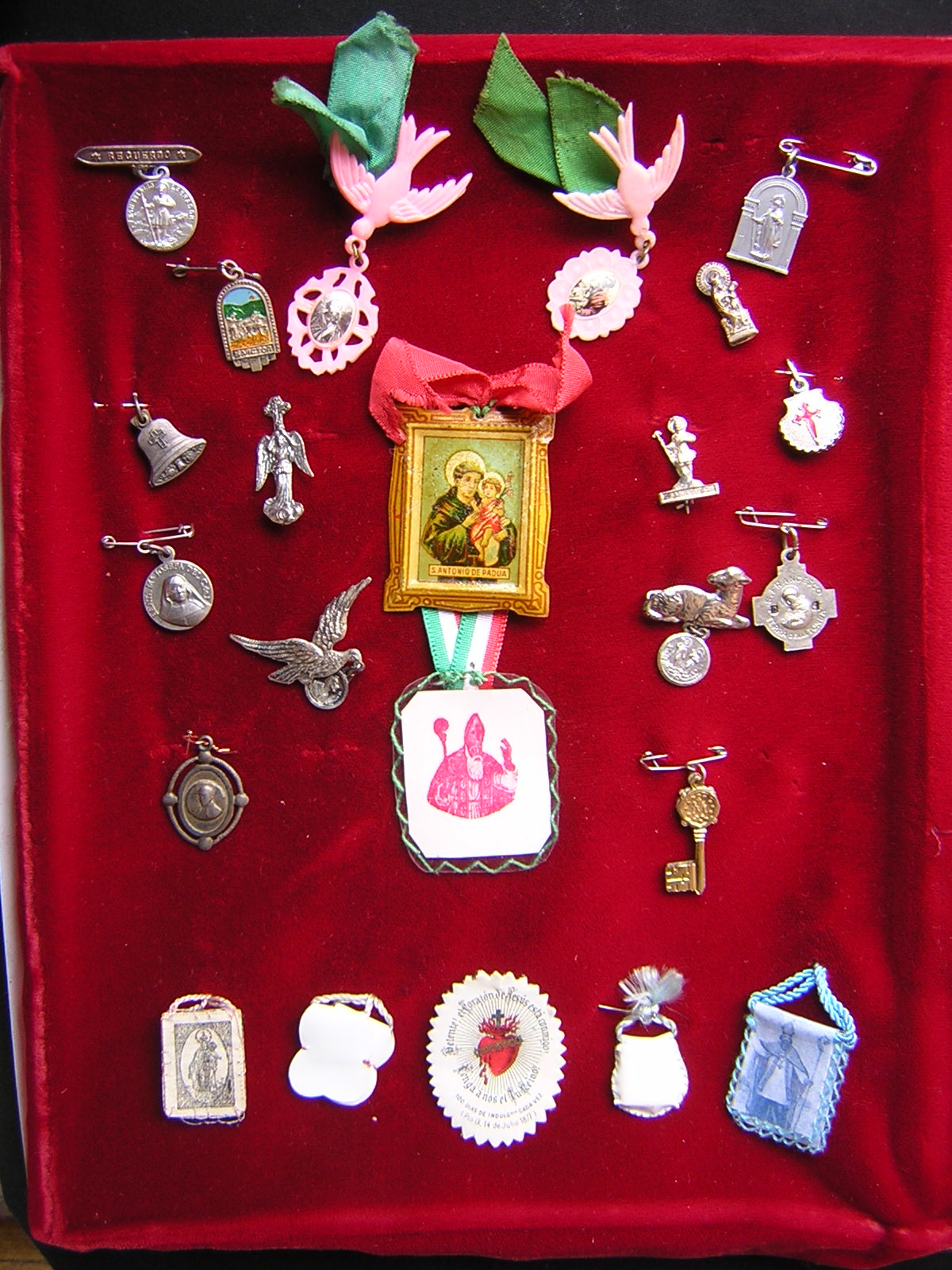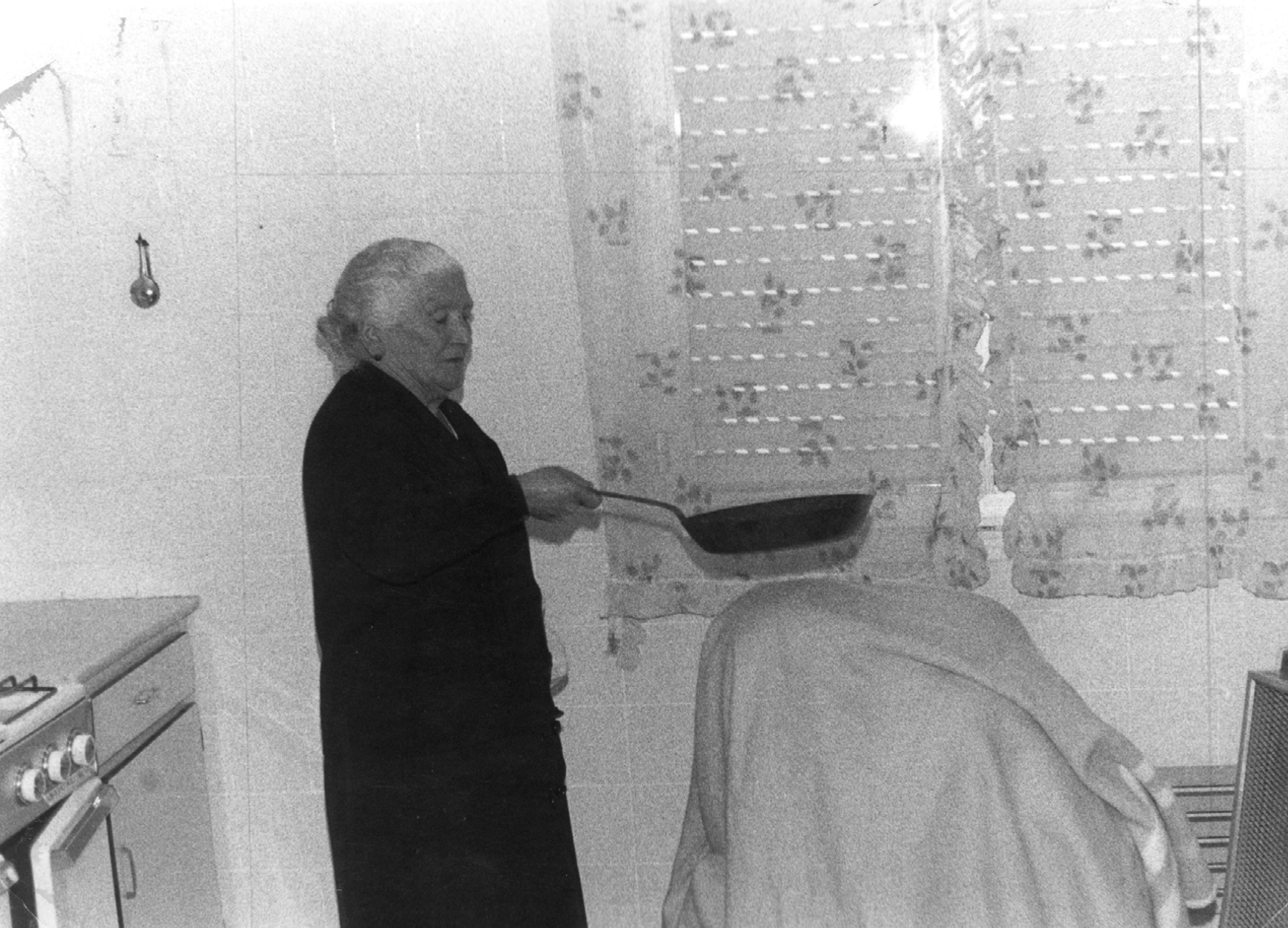Basque ethnography at a glance
This post is complementary to a previous one (7.4.2017) on this blog dealing with the evil eye.
There were a number of sanctuaries in the Basque Country specialised in the treatment of the evil eye which have in recent years lost relevance due to the fading of religious beliefs. The best known have been Our Lady of Incantations in Arbeiza, close to Estella in Navarre; Roncesvalles, also in Navarre; the parish church of Olaberria in Gipuzkoa; Barria in Álava, until the nuns moved away in 1973; Urkiola in Bizkaia, where “the sick, possessed, spiritually haunted and cursed” were taken, St Peter’s in Zarikete or St Felicísimo’s in Bilbao. (more…)

Wedding, first mass and first communion of four siblings. Nabarniz (Bizkaia), 1952. Segundo Oar-Arteta. Labayru Fundazioa Photographic Archive.
Protection of the family’s good name and respect for the memory of forebears are traditionally instilled values. Blood relations stand by each other in the face of third parties, accusations and reprimands being reserved to the private sphere but never aired. Offences given to an individual would affect the family and concern all consanguineous relatives. (more…)

Religious medallions and charms. Patxo Fernández de Jauregui. Labayru Fundazioa Photographic Archive.
The evil eye is an ancient superstitious belief well extended across the globe. This folk illness receives similar names in all languages worldwide: begizkoa in Basque, mal de ojo in Spanish, mauvais œil in French…, always referring to the human eye as responsible for it. The main mechanism for transmission is the malevolent power in the glance of some people to cast a curse on young children or vulnerable beings. Certain individuals are believed to project a mysterious energy with their eyes known as adurra in Basque. Envy and evil speaking or malediction, from Latin maledictio, along with several witchcraft rituals, can cause the same effect. (more…)



